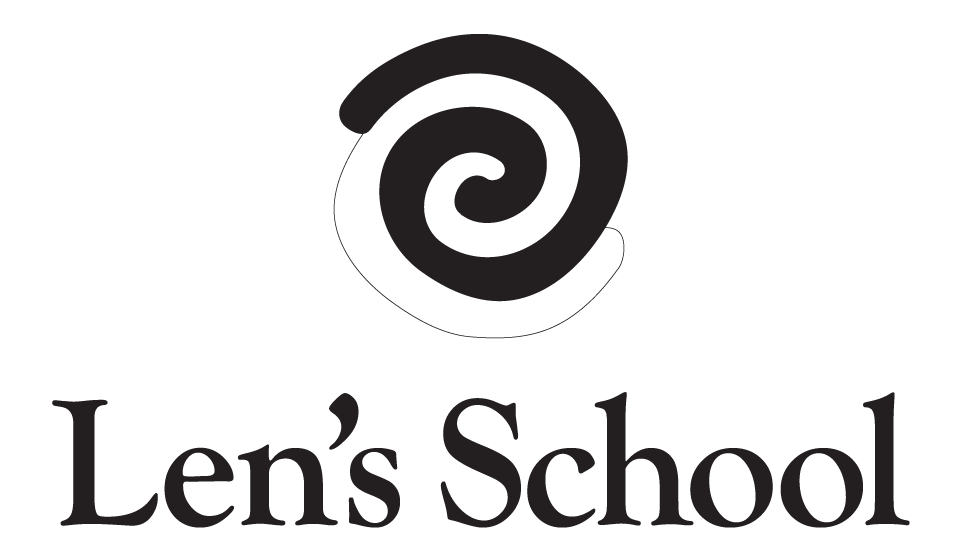learn to drive a camera in manual
Ghost gum, Ormiston Gorge, MacDonell Ranges, Central Australia © Len Metcalf 2015
I was lucky when it came to learning to use a camera. Firstly I was so young I don't really even remember learning. Secondly I learnt to drive a manual camera. An Olympus OM-1. No autofocus or auto metering. Actually at the time it was a ground breaking camera, for it had it's small size on its side. It did have one thing and that was an internal light meter. The middle area of the frame was the area that the camera took the light reading from. The same as center weighted metering on your camera today. I can remember longing for the titanium spot metering model, the Olympus OM-4Ti spot. What ever I pointed the center at would turn mid tone in the final image. Learning how this worked was a start in my learning journey. Later in life I moved to fully manual cameras. Ones with no light meters, no electronics, focusing is done on a ground glass, or by distance scales. To figure out the exposures I used external light meters. Initially it was a Western Zone meter IV. It ran from a photovoltaic cell. No batteries. I could put a white dome on it to take incident readings. Latter came electronic light meters, a Pentax spot (I used an analogue model and a digital zone modified one) and a tiny pocket incident meter.
Learning to calculate the exposure with these tools was a valuable lesson that pays off in difficult exposure situations. While I don't advocate going to the extreme of using an external light meter (though there would be a great deal of benefit from doing so). I do suggest you learn to use your camera in manual mode. It will be a useful exercise in getting the most out of your camera. I recommend you put your camera in manual and keep it there until you can use it without thinking. That means keeping it there for the next month or five, not just the next shoot.
With black and white negative film the exposure determines where the blacks and dark tones fall, while the development time determines the highlights. Most will just worry about where they want shadow detail to appear in their photographs and use that to calculate their exposure.
Digital has its own similar quirks. The details are in the highlights with digital cameras. There is more information in the highlights. The point where the highlights change to white is a very important point. Either you have information in your highlights or they are overexposed and nothing can be done to recover them. This has lead to the popularization of Expose To The Right (ETTR). By using this technique you can end up with a cleaner photograph, particularly in the shadows.
To use ETTR set your exposure so the the histogram starts perfectly on the right hand side, exactly from the corner. The resulting photograph should not have any clipped highlights and will probably appear too light when reviewing it. Latter you can alter the exposure in post processing to give it the look you are after. ETTR is an advanced skill and is better tackled later in your learning journey if you are a beginner.
Now you have your goal in terms of what a good exposure looks like. You can now adjust your three variables to help you get there. The three variables are ISO, shutter speed and aperture.
Now that you can can control your camera without thinking, you can use your histogram to judge exposure. I use the histogram to judge exposure all the time. I leave it on in my viewfinder all the time, so I can see what the effects of my exposure adjustments are doing in live time. You can only do this with cameras that have electronic viewfinders. Otherwise you will need to chimp your histograms on the screen on the back. Some cameras allow you to set exactly at what tone the end of the histogram starts at. I drop mine by three units to give myself a little leeway.
Some of us think that this would be a good addition to modern cameras, a setting for exposure that sets exposure exactly for ETTR, as this would be a very easy bit of programming and would give many of us some huge benefits.

